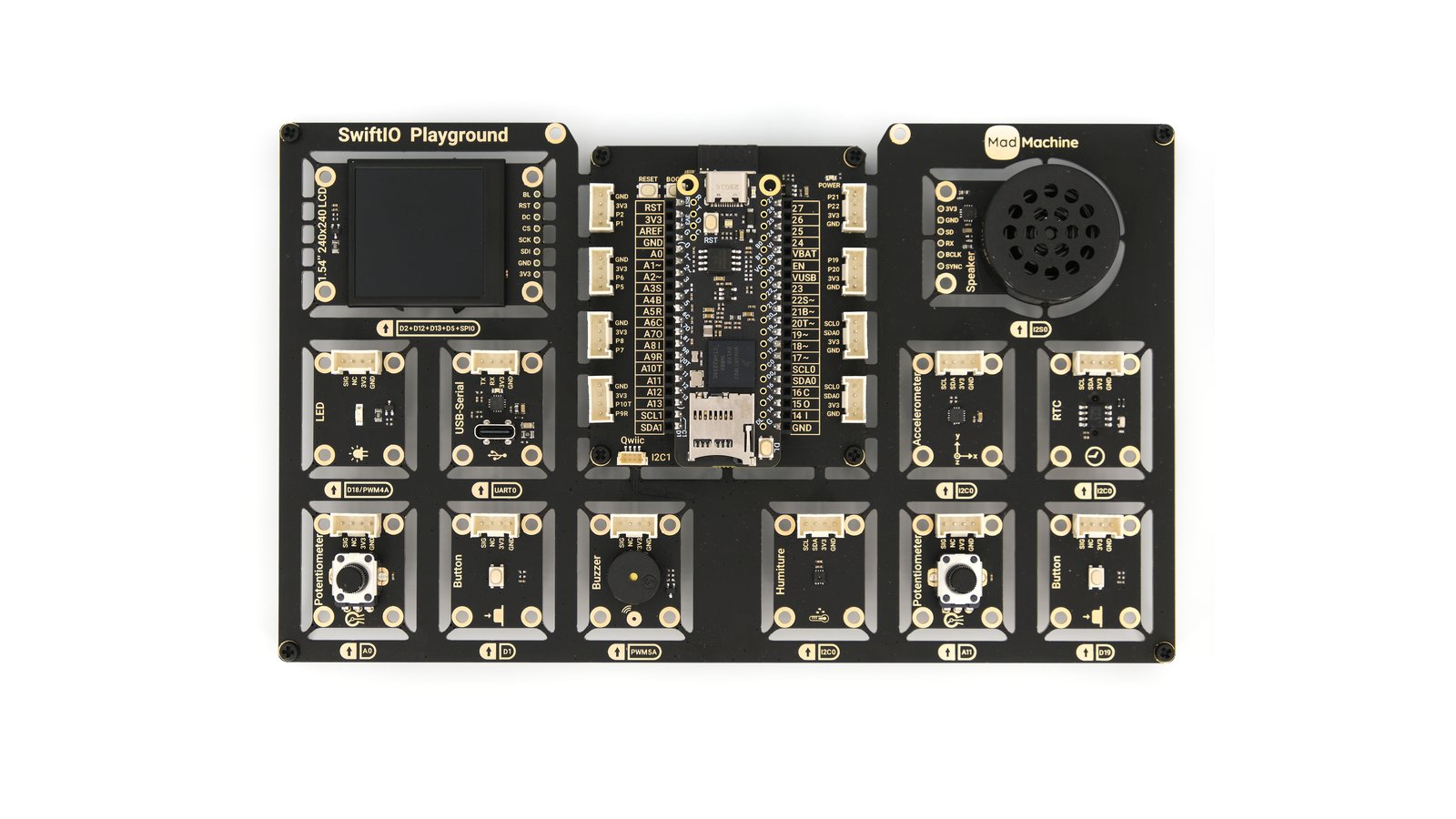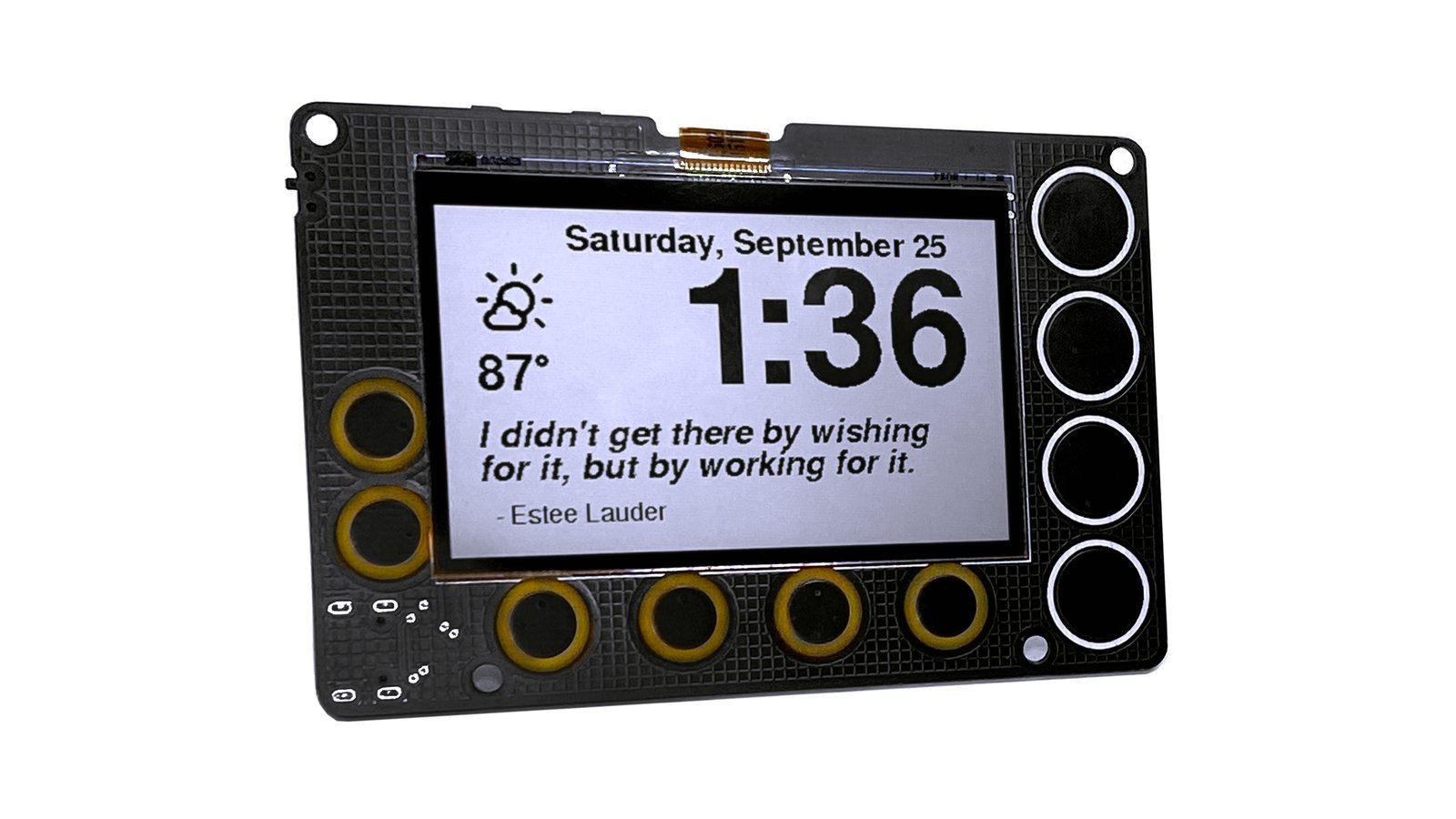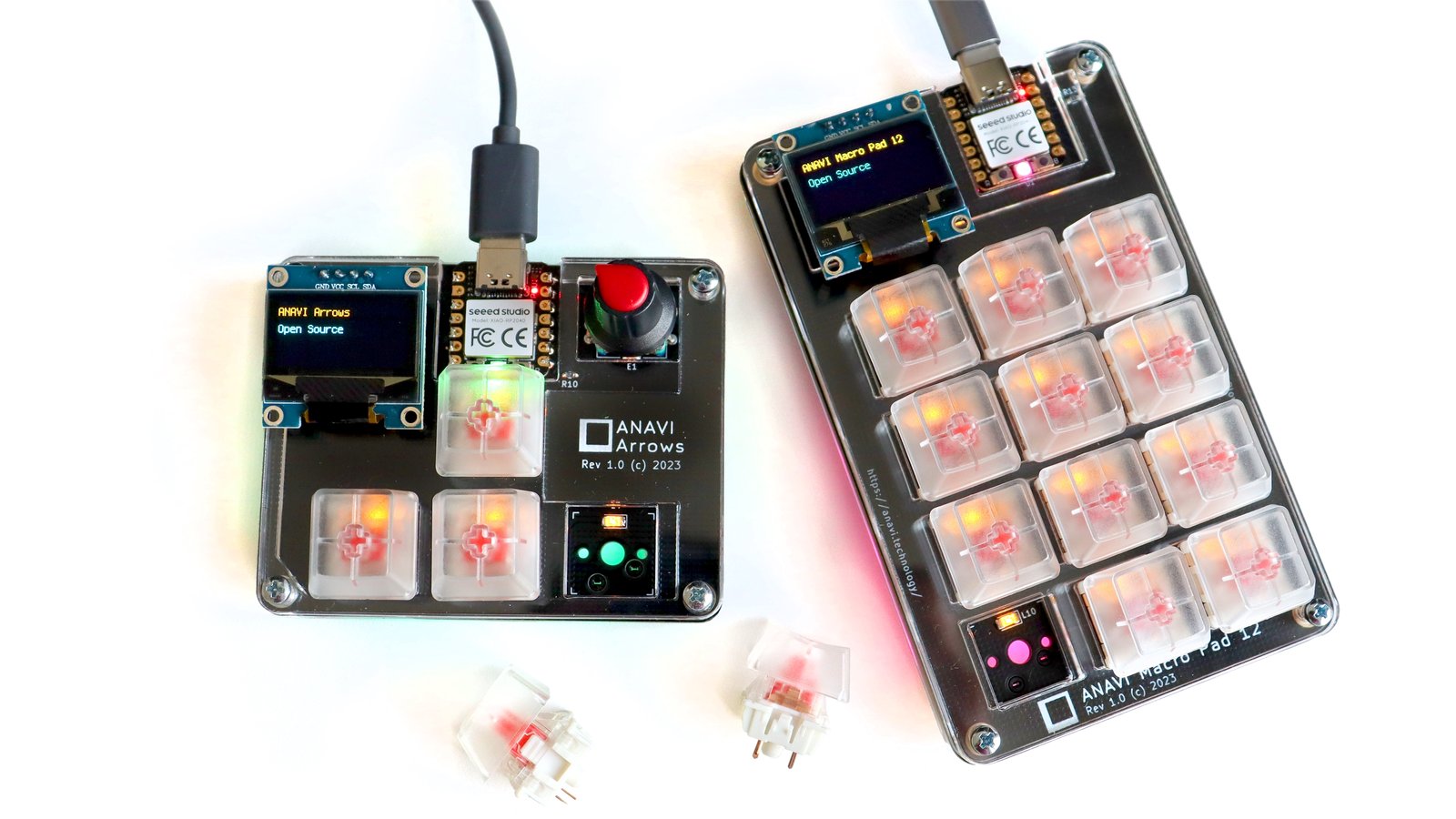MicroPhonon
Environmental Sensing
Cyber City Circuits
MicroPhonon
Environmental Sensing
Cyber City Circuits
The AquaPing is an ultra-low power smart sensor that provides stand-off acoustic water leak detection, even for leaks behind walls. No contact with plumbing is needed. All signal processing and analysis occurs at the edge, so no audio is streamed to the cloud and eavesdropping is impossible.
When pressurized water escapes from a seam, crack, or loose fitting on plumbing, broadband high frequency acoustics are emitted. These signals can travel 30 ft or more in free-space and be detected by a remote sensor. This suggests a stand-off method for water leak detection that is substantially different compared to conventional contact moisture sensors and various types of smart flow meters installed on or inside of plumbing lines.
Acoustic leak detection combines the principles of glass breakage and smoke detectors. Glass breakage occurs on a timescale of a few seconds or less, requiring continuous data acquisition at rates approaching 1 kHz or more. Almost all plumbing leaks are persistent, which allows for sub-Hz sampling rates and exceptional battery life.
Glass breakage has the advantage of being generally louder than the ambient environment so that detector sensitivity is not an issue. Small water leaks, especially when separated from the sensor by acoustic barriers such as walls, are likely to be at or below the environmental background. Much higher sensitivity and noise mitigation are essential. This is addressed by mechanical, electronic, and digital filtering along with judicious use of statistical analysis.
The sensor is designed to be deployed as a remote, wireless network node. There are many dozens of wireless protocols, however, so it was decided to make the AquaPing agnostic to the host hardware and thus have the widest possible use cases. It will work with any controller having an I2C interface and 3V3 power bus.
There are dozens of water leak sensors on the market. Why do we need another one?
There are two approaches to water leak detection currently available: contact moisture sensors and smart flow meters. They work well and can provide protection in many applications. The AquaPing is adept at identifying the onset of very small leaks via acoustic sensing and could be useful in situations where installing existing products may not be easy or convenient. An automated, inexpensive, battery-powered, smart acoustic detector can complement and augment the capabilities of a building monitoring system. Anticipated use cases are in smart homes and buildings, security systems, irrigation, dental and medical offices, critical plumbing installations, insurance loss mitigation, and water conservation. Although design development has targeted water leaks, users are encouraged to experiment with applications that involve pressurized gases such as air, refrigerants, or steam.
This acoustic approach to water leak detection is not capable of identifying all possible water issues. For example, it will not respond to leaking roofs or melting ice. The nature of the pressurized orifice is also important. A smooth hole drilled into a pipe will produce a Laminar flow jet that emits a much weaker acoustic signal compared to a jagged crack or loose fitting at the same backing pressure.
What is the maximum stand-off distance?
Reliable identification of leaks at a distance is a challenging problem that depends on a variety of parameters, including the shape and size of the leak orifice, water pressure, acoustic path, and ambient background noise. Independent third-party verification of stand-off acoustic detection was done with a prototype device at UL (Underwriters Laboratories) in Chicago. They established that a 0.04 gpm simulated leak from an irrigation fogger could be detected at a stand-off distance of 33 feet, which was the maximum separation that could be attained in their plumbing lab. The detection distance will be reduced dramatically when an acoustic barrier (eg. door or wall) is in the path between leak and sensor.
How can the sensor reliably identify leaks behind walls?
This capability was developed through a series of experiments with simulated water leaks placed inside a drywall test structure. Best results are with the sensor directly on the wall and the microphone facing inward. An acoustic access hole to the interior is not necessary. Documentation of these tests can be found on our GitHub page. Experiments with walls of different material composition and thickness are described here.
Why is it necessary for the user/controller to set some of the sensing parameters?
Acoustic environments vary a lot. Data acquisition and analysis should account for different and changing conditions. Consider the kitchen in a restaurant, for example. When the restaurant is closed, the kitchen is nominally quiet and sensitivity can be set at maximum. During business hours, noise from operating activities will mask leak signals and dramatically reduce sensitivity. It may make sense to disable the device in this situation to prevent false triggers. Instructions on how to configure the sensor can be found in the User Manual.
Can this design be integrated with an always-on voice recognition system?
No. The sensor is constructed to measure acoustic energy in the frequency range outside of normal conversations. A key design goal was to make eavesdropping on conversations physically impossible, thus assuring privacy. Operating at high frequencies is also essential for highest sensitivity and reliability. An open-source design allows verification that the hardware cannot be used for eavesdropping.
| AquaPing | Phyn | Flume | Hero Labs Sonic | Roost | |
|---|---|---|---|---|---|
| Sensor technology | Propagating acoustics | Ultrasonic vibrations from plumbing | Senses rotating magnetic impeller on existing meter | Pressure, temperature, pipe acoustics | Direct water contact |
| Minimum detectable leak rate | 0.01 gpm depending on stand-off distance | Not specified | 0.2 gpm for most utility meters | Not specified | Not applicable |
| Environmental training time | User configurable: 10 seconds – 4 minutes | Multiple days | Multiple days | Multiple days, then ongoing | Not applicable |
| System requirements | Communicates with any host having I2C capability | Amazon Alexa, Google Home, IFTT | WiFi + app | WiFi + app | WiFi + app |
| Cut pipe to install? | No | Yes | No | Yes | No |
| Power source | 1.8--3.6 VDC | 120 VAC | Specialized battery + 120 VAC | Lithium batteries or 120 VAC | 2 x AAA |
| Open source | Yes | No | No | No | No |
This project is fully open source and welcomes your input. You can find all hardware files, firmware, and docs in our GitHub repository. Also available is an example sketch and documentation for interfacing with an ESP8266 master controller using the Arduino IDE.
The AquaPing is composed of 43 total electronic components, of which 29 are unique. Everything except the interfacing header are surface-mount and all can be sourced from Mouser Electronics, which is Crowd Supply’s parent company. The PCBs are panelized for efficient pick-and-place assembly. A small rectangular plastic structure is glued to the assembled PCB to enclose the MEMS microphone and form a Helmholtz resonator, which is visible in photos of the assembled PCB. This part can be inexpensively 3D printed using a variety of local sources. Updates and modifications to the firmware can be accomplished by the user with either: 1) a TI MSP430 Launchpad connected to the Test and Reset terminals using the Spy-bi-Wire protocol or 2) an Olimex MSP430-BSL to download pre-compiled binaries via the I2C interface.
"The AquaPing is an ultra-low power smart sensor that provides isolated water leak detection, even behind walls without contact with pipes. "
"AquaPing is a new device that hopes to detect difficult-to-find water leaks with the aid of acoustic methods. "
"The Aquaping is especially well suited for pressurized water escapes from a seam, crack, or loose fitting on plumbing, where high-frequency acoustics are emitted, as these signals can travel over 9 meters in free space..."
Produced by MicroPhonon in Florida.
Sold and shipped by Crowd Supply.

Battery powered acoustic leak detector

· microphonon · microphonon · microphonon.com
Developing sensor tech for the Internet of Things

The ultimate playground for hardware programming in Swift

A low-power, open source, 2.7-inch IoT display powered by an ESP32-S2 module and featuring SHARP's Memory-in-Pixel (MiP) screen technology

Two fully programmable, open source, no-solder, hot-swappable mechanical keyboards powered by Raspberry Pi & CircuitPython